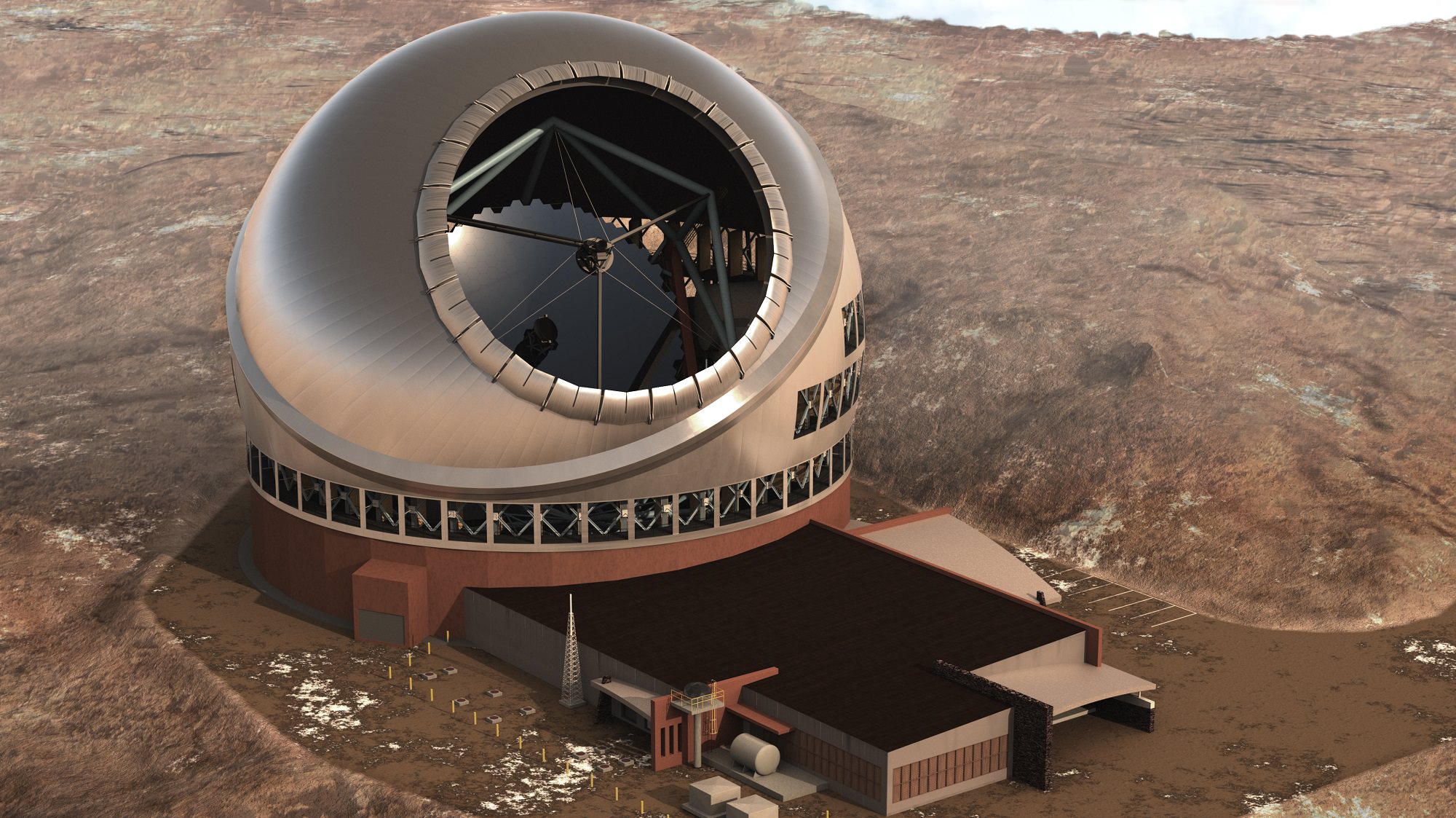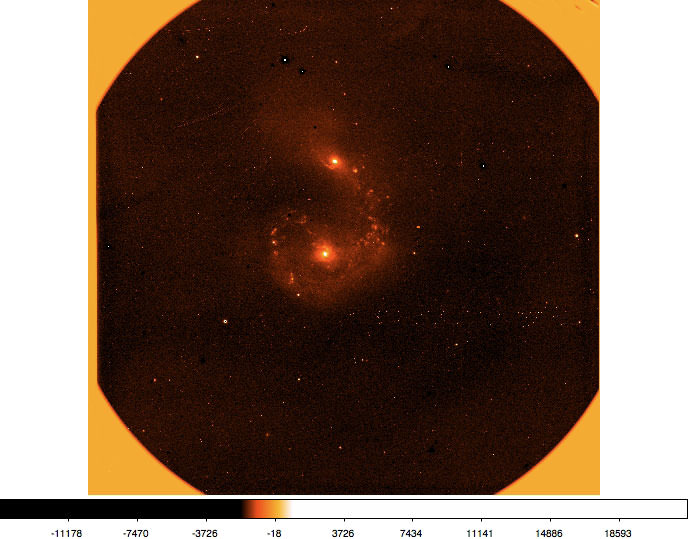Black holes often appear in science fiction movies, largely because elements of their existence are still a mystery. They have fascinating impacts on the surrounding region of space too with distortions in space and time high on the list. A team of astronomers have found a supermassive black hole with twin jets blasting out an incredible 23 million light years, the longest yet. To put this into context, if you lined up 140 Milky Way galaxies side by side, then that’s the length of the jet!
Continue reading “Astronomers Find the Longest Black Hole Jets Ever Seen”New Poll Shows 2-1 Margin Of Support From Hawaiians For Thirty Meter Telescope
Ever since it was approved for construction, the Thirty Meter Telescope has been the subject of controversy. A proposed astronomical observatory that is planned to be built on Mauna Kea – Hawaii’s famous dormant volcano and the home of the Mauna Kea Observatories – the construction of this facility has been delayed multiple times due to resistance from the local community.
Stressing the impact the facility will have on local wild life, the associated noise and traffic, and the fact that the proposed site is on land sacred to Hawaii’s indigenous people, there are many locals who have protested the facility’s construction. But after multiple delays, and the cancellation of the facility’s building permits, it appears that public support may be firmly behind the creation of the TMT.
Planning for the Thirty Meter Telescope began in 2000, when astronomers began considering the construction of telescopes that measured more than 20 meters in diameter. In time, the University of California and Caltech began conducting a series of studies, which would eventually culminate in the plans for the TMT. Site proposals also began to be considered by the TMT board, which led to the selection of Mauna Kea in 2009.
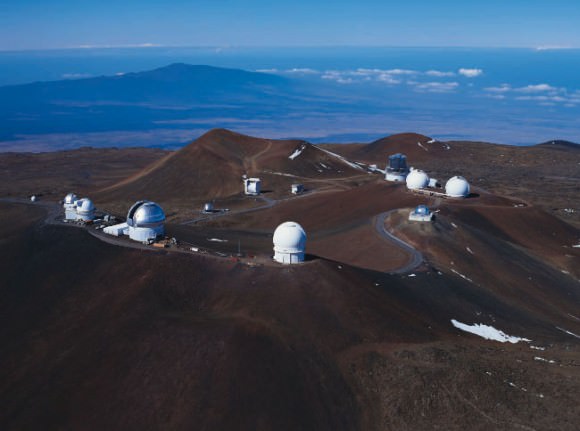
However, after opposition and protests halted construction on three occasions – on Oct. 14th, 2014, then again on April 2th and June 24th of 2015 – the State Supreme Court of Hawaii invalidated the TMT’s building permits. Since that time, multiple polls have been conducted to gauge public support for the project. Whereas a previous one, which was conducting in Oct. 2015, indicated that 59% of Big Island residents supported it (and 39% opposed it) the most recent poll yielded different results.
This poll, which was conducted in July of 2016 by Honolulu-based Ward Research, Inc. shows that 60% of Big Island residents now support moving ahead with construction, while 31% remain opposed. While not a huge change, it does indicate that support for the project now outweighs opposition by a 2 to 1 margin since the last time residents were asked, roughly nine months ago.
The first poll surveyed 613 Hawaii Big Island residents, aged 18 years and older and from a variety of backgrounds. The most recent poll surveyed 404 Hawaii residents at least 18 years old via both cellphone and landline (with a margin of error of plus or minus 4.9 percent).
The recent poll also indicated that the majority of respondents, ranging from 66% to 76%, believe that TMT will provide economic and educational opportunities, and that not moving forward would be bad for the island and its residents. Also of interest was the fact that support for TMT’s construction was split among Indigenous Hawaiians, with 46 percent of those polled in support and 45 percent opposed.
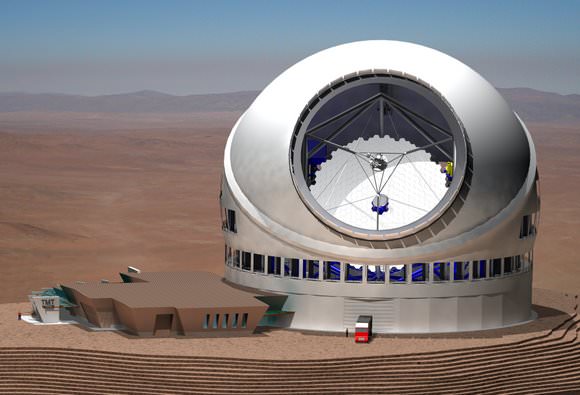
As Ed Stone, the TMT Executive Director, said of the results in a recent press release:
“It was important for us to understand how Hawaii Island residents feel about the project, and the latest poll results demonstrate that opposition to TMT on Hawaii Island is decreasing. That’s significant and we are most grateful that the community’s support of the project remains high. The findings also show that the general public on Hawaii Island understands the benefits TMT will bring in terms of Hawaii’s economy and education, both of which are very important to TMT.”
What is perhaps most relevant is the fact that while this most-recent poll shows virtually no change in the amount of support, it does show that opposition has decreased. The reason for this is not clear, but according to Kealoha Pisciotta of the Mauna Kea Hui – which is litigating against TMT’s construction – the change is attributable to the PR efforts of TMT, which hired Honolulu-based PR firm to promote their agenda.
Pisciotta also stressed that the state Constitution of Hawaii protects the cultural and traditional practices that will be affected by this massive project, which is something residents don’t appear to understand. Faced with the promise of benefits – which includes TMT’s annual $1 million contribution to The Hawaii Island New Knowledge (THINK) Fund, which provides for STEM education.
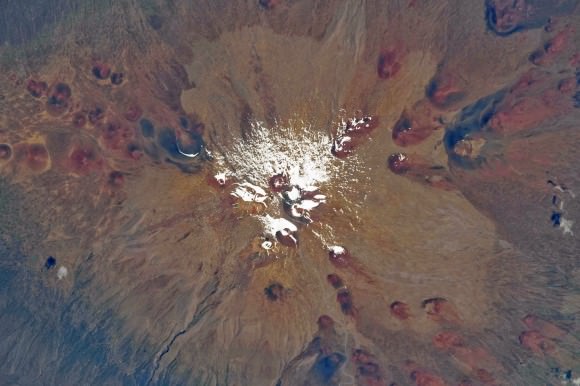
This is not to say that those polled rejected the concerns of those advocating for protection of Hawaiian heritage and culture. In fact, 89% of respondents – the largest return in the poll – indicated that “there should be a way for science and Hawaiian culture to co-exist”. While this is easier said than done, it does show that compromise is the most popular option, and could present a mutually-satisfactory way of moving forward.
What’s more, this is hardly the first time that Mauna Kea has been at the center of controversy. Ever since construction began on the Astronomy Precinct in 1967, there has been opposition from environmentalists and the Indigenous community. Not only is the Precinct located on land protected by the Historical Preservation Act of 1966 due to its significance to Hawaiian culture, it is also the habitat of an endangered species of bird (the Palila).
Nevertheless, Mauna Kea remains the preferred choice for the location of the TMT, though the board is evaluating alternative sites in case the project cannot move forward. Stone and his colleagues hope to resume construction of the TMT facility by April of 2018, and begin gathering images of the cosmos in the near-ultraviolet to mid-infrared by the 2020s.
Further Reading: tmt.org
What is the Haleakala Volcano?
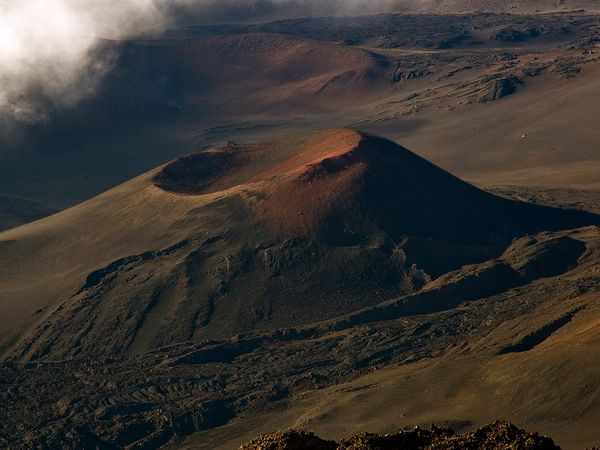
Hawaii is famous for its lovely mountains, tropical climate, and majestic oceanfront vistas. Another thing it is famous for is the string of volcanoes that dot its islands. As a land that sits atop a geographic hot spot – i.e. an area deep within the Earth’s mantle from which heat rises, forming magma that is then pushed to the surface – the island is also home to some serious volcanic activity.
Consider Haleakala, the massive shield volcano that constitutes more than 75% of the Hawaiian Island of Maui. The result of volcanic activity that took place roughly 1 million years ago, this volcano has played an active role in the geological and cultural history of the Hawaiian islands. Description and Naming:
Like all shield volcanoes, Haleakala was formed from a series of highly fluid magma flows. This is the reason for its general appearance, as well as the designation – i.e. it resembles a broad shield lying on the ground. It’s tallest peak, which is named is Pu’u ‘Ula’ula (“Red Hill”) in native Hawaiian, measures 3,055 m (10,023 ft) tall.
At Haleakala’s summit lies a massive depression (crater) that measures some 11.25 km (7 miles) in diameter and nearly 800 m (2,600 ft) deep. The name Haleakala means literally “House of the Sun”, which was given to the general mountain area by the early Hawaiian people.
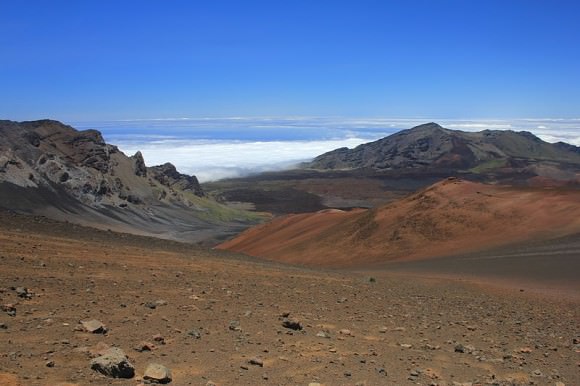
Geology:
Haleakala is part of a sequence of lava flows that emerged near the end of East Maui. This region is believed to have begun experiencing lava flows about 2.0 million years ago, and it is estimated that the volcano formed from the ocean floor to its current shield-like shape over the course of the ensuing 600,000 years. The oldest exposed lava flow on East Maui is dated to 1.1 million years ago.
In the past 30,000 years, the volcanism on East Maui has been focused along the southwest and east rift zones. These two volcanic axes together form one gently curving arc that passes from La Perouse Bay (southwest flank of East Maui) through Haleakala Crater to Hana on the east flank.
The alignment of these axes continues east beneath the ocean as Haleakala Ridge, one of the longest rift zones along the Hawaiian Islands volcanic chain. The on-land segment of this lengthy volcanic line of vents is the zone of greatest hazard for future lava flows and cindery ash.
Contrary to popular belief, the Haleakala “crater” is not volcanic in origin, nor can it accurately be called a caldera (which is formed when the summit of a volcano collapses to form a depression). Scientists believe instead that the depression was formed when the headwalls of two large erosional valleys merged at the summit of the volcano.
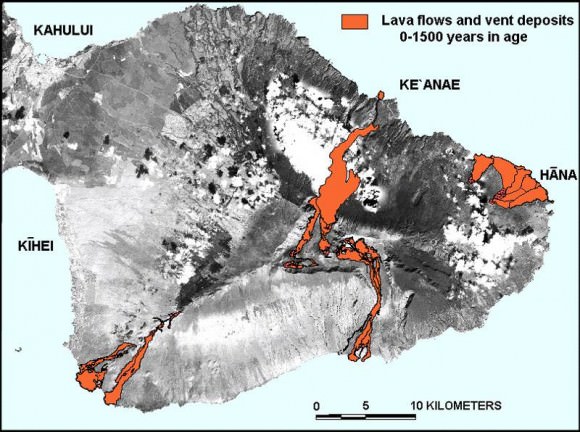
History:
Haleakala has produced numerous eruptions in the last 30,000 years, including in the last 500 years. The volcano has figured prominently in the island’s history of human occupation. In Hawaiian folklore, the crater at the summit was home to the grandmother of the demigod Maui. According to the legend, Maui’s grandmother helped him capture the sun and force it to slow its journey across the sky in order to lengthen the day.
Until recently, the East Maui Volcano was thought to have last erupted around 1790, based largely on comparisons of maps made during the voyages of the explorers La Perouse and George Vancouver. Recent advanced dating tests, however, have shown that the last eruption was more likely to have taken place in the 17th century.
Modern geologic mapping efforts began in 1997, which yielded the most detailed and accurate picture of Haleakala’s volcanic history to date. In addition, there are fears that the volcano is not extinct, but just currently dormant, and may erupt again within the next 500 years.
For these reasons, the U.S. Geological Survey maintains a sparse seismic network on Haleakala volcano and conducts periodic surveys, using GPS receivers that gather data about the volcano’s surface deformation or lack thereof.
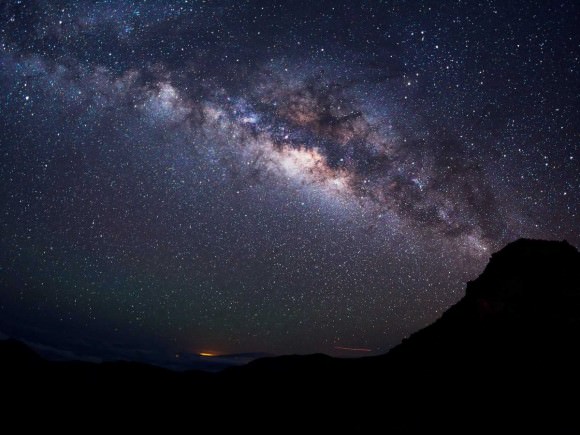
Modern Uses:
In 1916, Haleakala National Park was created, a 30,183-acre (122.15 km2) park surrounding the summit depression, Kipahulu Valley on the southeast, and ‘Ohe‘o Gulch (and pools), extending to the shoreline in the Kipahulu area. Within the park, 19,270 acres (77.98 km2) is a wilderness area, which is why the park area was designated an International Biosphere Reserve in 1980.
The main feature of this part of the park is the famous Haleakala Crater. Two main trails lead into the crater from the summit area – the Halemau’u and Sliding Sands trails. Haleakala is popular with tourists and locals alike, who often venture to its summit – or to the visitor center just below the summit – to view the sunrise. There is lodging in the crater in the form of a few simple cabins.
Because of the clarity and stillness of the air, the summit of Haleakala is one of the most valuable spots for observatories. It is also far enough away from the city lights to avoid light pollution, and above one-third of the planet’s atmosphere. Hence why the summit is the location of an astrophysical research facility – known as “Science City” – which is operated by a number of U.S. government and academic organizations.
These include the U.S. Department of Defense, the University of Hawaii, the Smithsonian Institution, the US Air Force, the Federal Aviation Administration (FAA), and others. Some of the telescopes operated by the US Department of Defense are involved in researching man-made (e.g. spacecraft, monitoring satellites, rockets, and laser technology) rather than celestial objects.
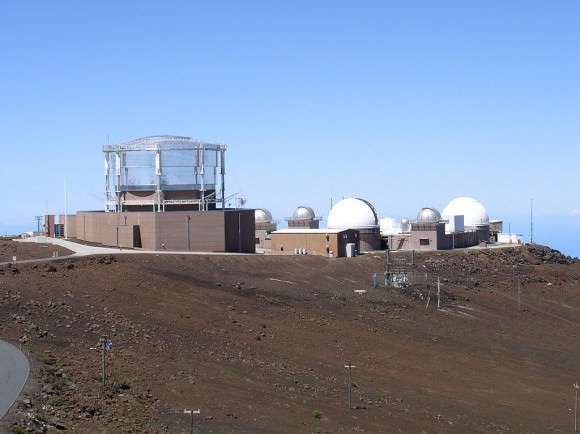
The scientific program is run in collaboration with defense contractors in the Maui Research and Technology Park in Kihei. Despite concerns that Maui’s growing population will mean increased incidents of light pollution, new telescopes are being added – such as the Pan-STARRS in 2006.
Although another 500 years or more may pass before Haleakala erupts again, it’s also possible that new eruptions will begin in the near future. However, according to the United States Geological Survey (USGS) Volcano Warning Scheme for the United States, the Volcanic-Alert Level as of June 2013 was “normal”. Given the likelihood of significant environmental and property damage, not to mention the potential loss of life, one can only hope this holds true for the foreseeable future.
Universe Today has articles on types of volcanoes and what are volcanoes, and the Pacific Ring of Fire.
For more information, check out Haleakala, a potentially hazardous volcano and Haleakala.
Astronomy Cast has an episode on volcanoes.
What Asteroid 2004 BL86 and Hawaii Have in Common
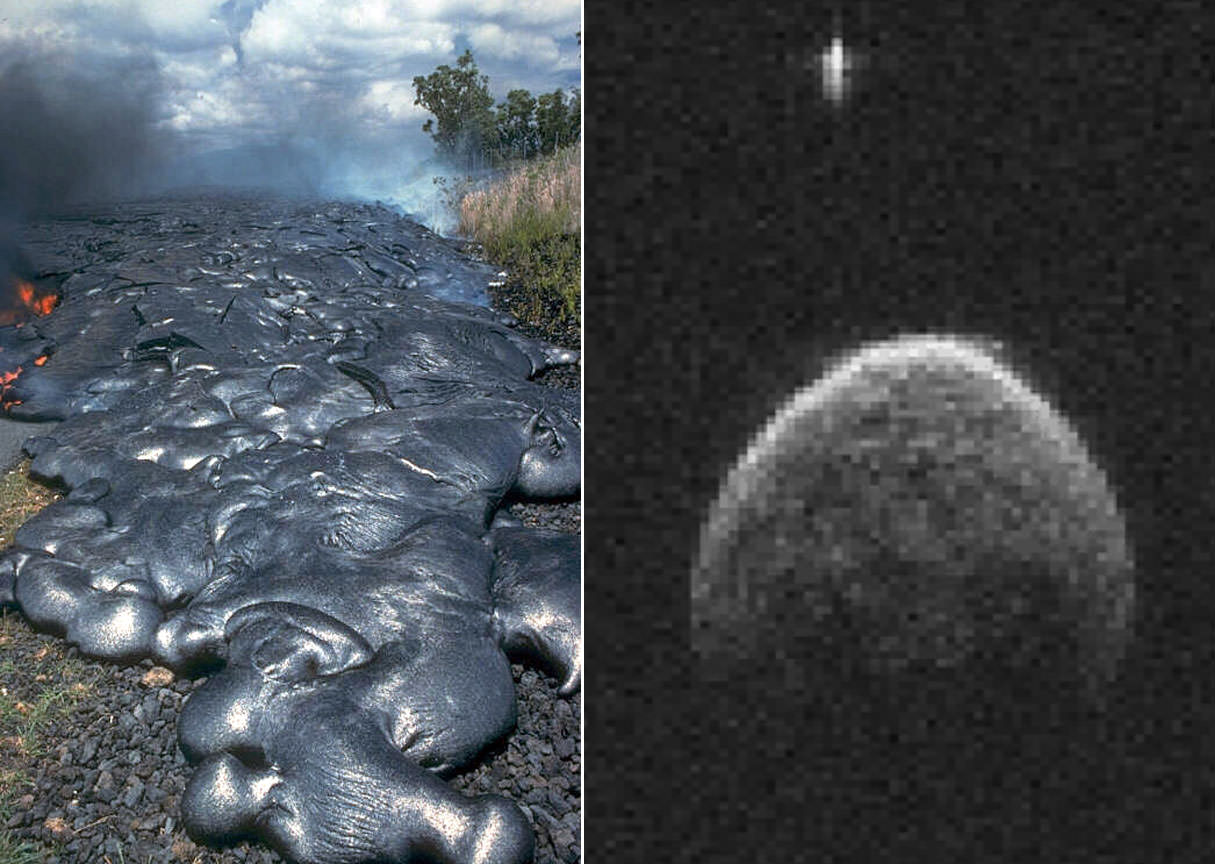
At first glance, you wouldn’t think Hawaii has any connection at all with asteroid 2004 BL86, the one that missed Earth by 750,000 miles (1.2 million km) just 3 days ago. One’s a tropical paradise with nightly pig roasts, beaches and shave ice; the other an uninhabitable ball of bare rock untouched by floral print swimsuits.
But Planetary Science Institute researchers Vishnu Reddy and Driss Takir would beg to differ.
Using NASA’s Infrared Telescope Facility on Mauna Kea, Hawaii they discovered that the speedy “space mountain” has a composition similar to the very island from which they made their observations – basalt.
“Our observations show that this asteroid has a spectrum similar to V-type asteroids,” said Reddy. “V-type asteroids are basalt, similar in composition to lava flows we see in Hawaii.

The researchers used a spectrograph to study infrared sunlight reflected from 2004 BL86 during the flyby. A spectrograph splits light into its component colors like the deli guy slicing up a nice salami. Among the colors are occasional empty spaces or what astronomers call absorption lines, where minerals such as olivine, pyroxene and plagioclase on the asteroid’s surface have removed or absorbed particular slices of sunlight.
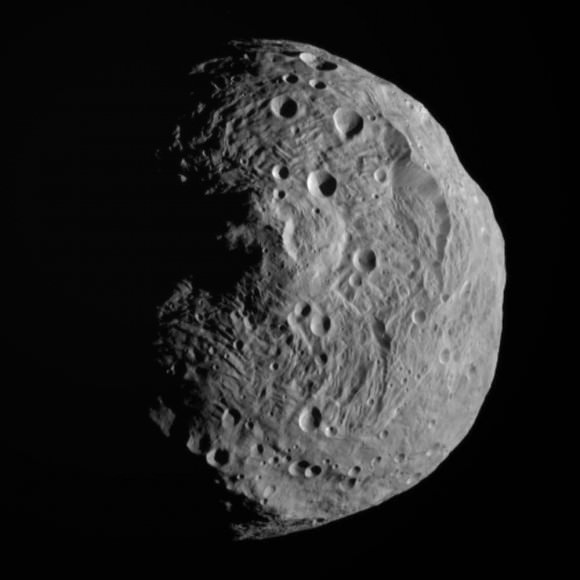
These are the same materials that not only compose earthly basalts – all that dark volcanic rock that underlies Hawaii’s reefs and resorts – but also Vesta, considered the source of V-type asteroids. It’s thought that the impact that hollowed out the vast Rheasilvia crater at Vesta’s south pole blasted chunks of mama asteroid into space to create a family of smaller siblings called vestoids.

So it would appear that 2004 BL86 could be a long-lost daughter born through impact and released into space to later be perturbed by Jupiter into an orbit that periodically brings it near Earth. Close enough to watch in wonder as it inches across the field of view of our telescopes like it did earlier this week.
The little moonlet may or may not be related to Vesta, but its presence makes 2004 BL86 a binary asteroid, where each object revolves about their common center of gravity. While the asteroid is unlikely to become future vacation destination, there will always be Hawaii to satisfy our longings for basalt.
Astrophoto: Beautiful View from the Top of Haleakala
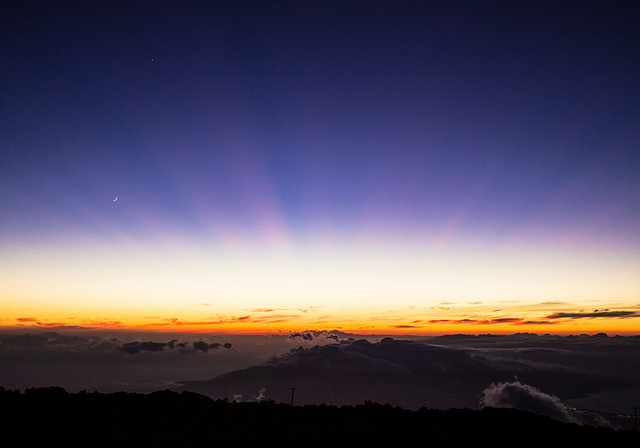
As the Bad Astronomer has been known to say, “Holy Haleakala!” What an awesome view from the top of Haleakala, a massive shield volcano that forms more than 75% of the Hawaiian island of Maui. Astrophotographer Henry Weiland took this image on July 9, 2013 of his view from “on top of the world.” (He has a self portrait here.) He used a Canon EOS Rebel T3i with an 18-55mm lens.
We’re all jealous of your view, Henry!
Want to get your astrophoto featured on Universe Today? Join our Flickr group or send us your images by email (this means you’re giving us permission to post them). Please explain what’s in the picture, when you took it, the equipment you used, etc.
Keck Observatory Fires Up MOSFIRE
[/caption]
Last week, on April 4, 2012, the W.M. Keck Observatory’s brand-new MOSFIRE instrument opened its infrared-sensing eyes to the Universe for the first time, capturing the image above of a pair of interacting galaxies known as The Antennae. Once fully commissioned and scientific observations begin, MOSFIRE will greatly enhance the imaging abilities of “the world’s most productive ground-based observatory.”
Installed into the Keck I observatory, MOSFIRE — which stands for Multi-Object Spectrometer For Infra-Red Exploration — is able to gather light in infrared wavelengths. This realm of electromagnetic radiation lies just beyond red on the visible spectrum (the “rainbow” of light that our eyes are sensitive to) and is created by anything that emits heat. By “seeing” in infrared, MOSFIRE can peer through clouds of otherwise opaque dust and gas to observe what lies beyond — such as the enormous black hole that resides at the center of our galaxy.
MOSFIRE can also resolve some of the most distant objects in the Universe, in effect looking back in time toward the period “only” a half-billion years after the Big Bang. Because light from that far back has been so strongly shifted into the infrared due to the accelerated expansion of the Universe (a process called redshift) only instruments like MOSFIRE can detect it.
The instrument itself must be kept at a chilly -243ºF (-153ºC) in order to not contaminate observations with its own heat.
(Watch the installation of the MOSFIRE instrument here.)
Astronomers also plan to use MOSFIRE to search for brown dwarfs — relatively cool objects that never really gained enough mass to ignite fusion in their cores. Difficult to image even in infrared, it’s suspected that our own galaxy is teeming with them.
The impressive new instrument has the ability to survey up to 46 objects at once and then do a quick-change to new targets in just minutes, as opposed to the one to two days it can typically take other telescopes!
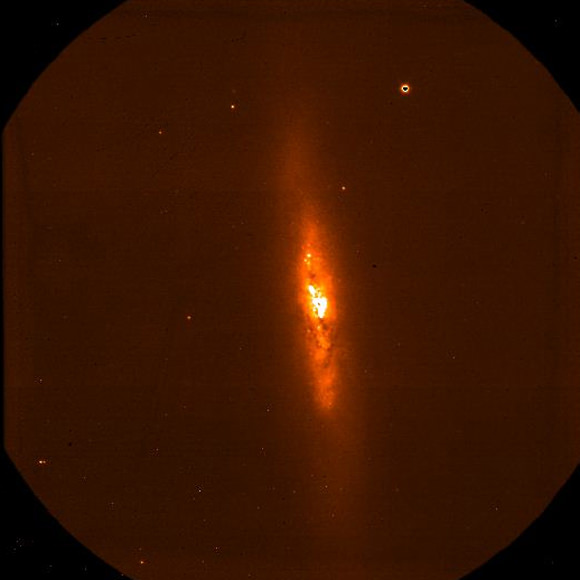
Images taken on the nights of April 4 and 5 are just the beginning of what promises to be a new heat-seeking era for the Mauna Kea-based observatory!
“The MOSFIRE project team members at Keck Observatory, Caltech, UCLA, and UC Santa Cruz are to be congratulated, as are the observatory operations staff who worked hard to get MOSFIRE integrated into the Keck I telescope and infrastructure,” says Bob Goodrich, Keck Observatory Observing Support Manager. “A lot of people have put in long hours getting ready for this momentous First Light.”
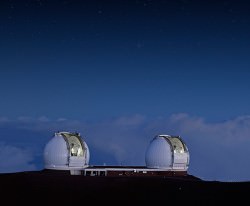
Read more on the Keck press release here.
The W. M. Keck Observatory operates two 10-meter optical/infrared telescopes on the summit of Mauna Kea on the Big Island of Hawaii. The spectrometer was made possible through funding provided by the National Science Foundation and astronomy benefactors Gordon and Betty Moore.


